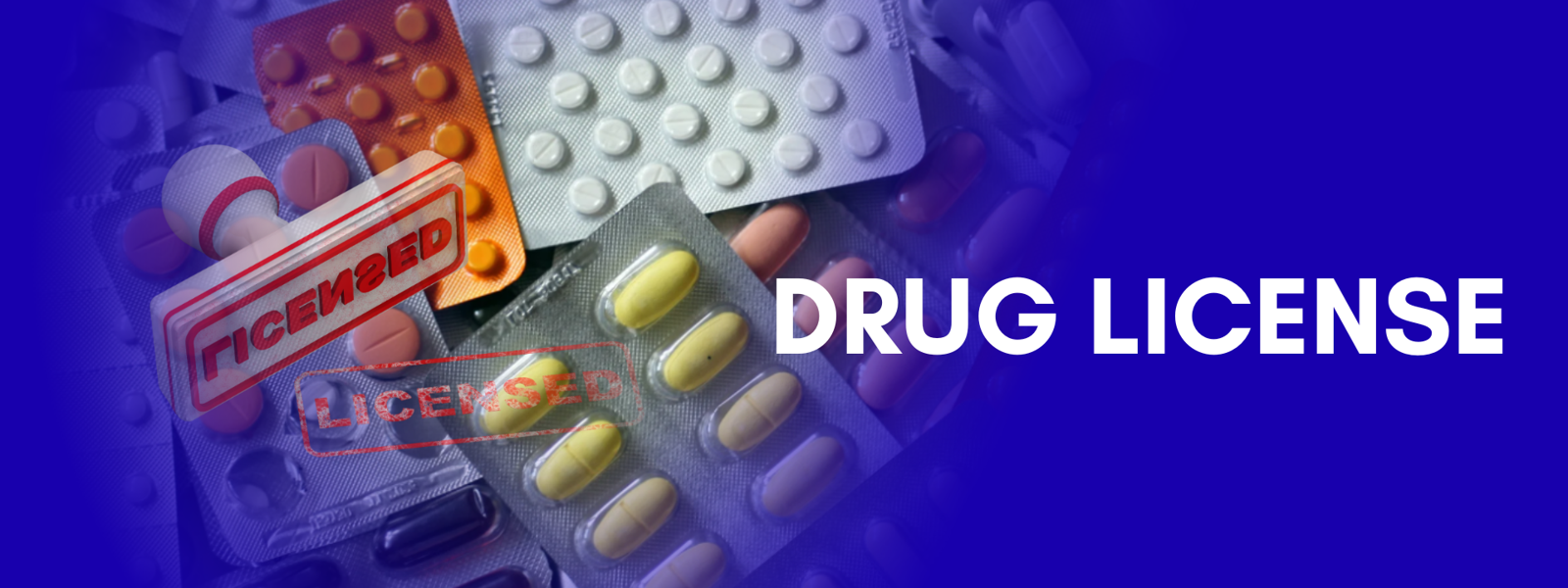
Securing a drug license, such as Form 20B for wholesale or Form 20 for retail under India’s Drugs and Cosmetics Act, 1940, is a critical step for pharmacists and distributors. However, applicants often face significant delays, sparking debates about whether the system is inherently broken or merely sluggish due to bureaucratic inefficiencies. Governed by the Central Drugs Standard Control Organization (CDSCO) and State Drugs Standard Control Organizations (SDSCOs), the licensing process is designed to ensure drug safety and compliance but frequently frustrates stakeholders with prolonged timelines. This article explores the causes of delays, evaluates the system’s functionality, and offers strategies to navigate it effectively.
Why the Delays Happen
1. Incomplete or Incorrect Documentation
A primary cause of delays is incomplete or erroneous submissions. Form 20B requires documents like Form 19, pharmacist credentials (B.Pharm/D.Pharm or four years of experience), premises layout plans, and ownership proof (sale deed or notarized rent agreement). Many applicants submit blurry scans, unnotarized affidavits, or outdated certificates, leading to rejections. State portals, such as Delhi’s Drug Control Department, mandate 100 dpi black-and-white PDFs, and non-compliance triggers immediate setbacks. In 2024, the CDSCO reported that 30% of applications were rejected due to documentation errors, significantly slowing processing times.
2. Overburdened State Licensing Authorities
State Drugs Controllers, responsible for issuing licenses, are often understaffed and overwhelmed by application volumes. For instance, a single drug inspector may handle hundreds of inspections monthly, causing scheduling bottlenecks. In states like Uttar Pradesh, inspections can take 30–60 days due to limited personnel. The Drugs and Cosmetics Rules, 1945, require inspectors to have pharmacy or related degrees and 18 months of experience, but shortages persist, exacerbating delays.
3. State-Specific Variations
The Act applies uniformly across India, but state-specific requirements create inconsistencies. For example, Maharashtra may demand additional environmental compliance affidavits, while Delhi requires conversion charge receipts for DDA properties. Applicants unaware of these nuances face rejections, as SDSCOs strictly enforce local rules. A 2023 study noted that 25% of delays stemmed from applicants’ failure to address state-specific mandates, adding weeks to the process.
4. Manual and Outdated Processes
Despite digitalization efforts like the Online National Drugs Licensing System (ONDLS), many states rely on partially manual processes. Technical glitches, such as portal downtime or file upload failures, are common. A 2025 post on X highlighted industry calls for a six-month extension to comply with ONDLS uploads, citing system inefficiencies. Manual inspections and paper-based verifications further slow approvals, with some states taking 45–90 days for processing.
5. Post-Submission Queries and Follow-Ups
After submission, drug inspectors may raise queries about premises compliance or documentation, requiring quick responses. Applicants who fail to monitor the SDSCO portal or respond within 24–48 hours face delays. The 2017 amendment to the Drugs and Cosmetics Rules introduced license retention fees every five years, but inconsistent enforcement across states creates confusion, further stalling renewals.
Is the System Broken or Just Slow?
The system isn’t entirely broken but suffers from structural inefficiencies. The Drugs and Cosmetics Act, 1940, is robust, with amendments (e.g., 2008, 2017) strengthening penalties and streamlining retention. However, it struggles to keep pace with India’s growing pharmaceutical industry. The Mashelkar Committee (2013) and industry stakeholders have criticized the lack of a centralized licensing system, which could reduce state-level disparities. Overlaps in drug classifications (e.g., Schedules H, H1) and outdated manual processes also hinder efficiency. A 2020 Express Pharma article suggested aligning the Act with global standards like WHO or US-FDA, but implementing changes without disrupting small-scale manufacturers remains challenging.
Conversely, the system functions when applicants are meticulous. Consultants like CliniExperts report approvals in 15–30 days for well-prepared applications, proving the process works with proper execution. The issue lies in inconsistent enforcement, understaffing, and reliance on outdated infrastructure, making delays more about systemic sluggishness than outright failure.
Strategies to Beat Delays
Prepare Flawless Documents: Use a checklist to ensure all documents—Form 19, pharmacist credentials, layout plans, and ownership proofs—are complete and correctly formatted. Engage consultants to review submissions.
Know State Rules: Research SDSCO guidelines for state-specific requirements. For example, check for additional affidavits or fees via the state’s drug control portal.
Conduct Pre-Inspections: Self-audit your 10-square-meter premises, ensuring functional storage (refrigerators, air conditioning) and compliance with the layout plan.
Leverage Technology: Submit via ONDLS or state portals early, testing uploads to avoid technical issues. Monitor the portal daily for queries.
Hire Experts: Consultants can navigate complexities, liaise with SDSCOs, and expedite inspections, saving weeks.
Final Thoughts
Drug license delays stem from documentation errors, understaffed authorities, state variations, outdated processes, and slow follow-ups. While the system under the Drugs and Cosmetics Act, 1940, isn’t broken, it’s bogged down by inefficiencies. With preparation—accurate documents, state-specific compliance, and proactive follow-ups—applicants can secure approvals in as little as 15 days. Start 60–90 days early, use digital tools, and consider professional help to navigate the maze. Until reforms like centralized licensing or increased staffing are implemented, diligence is your best shortcut to approval.
For more info: https://www.psrcompliance.com/drug-license-registration

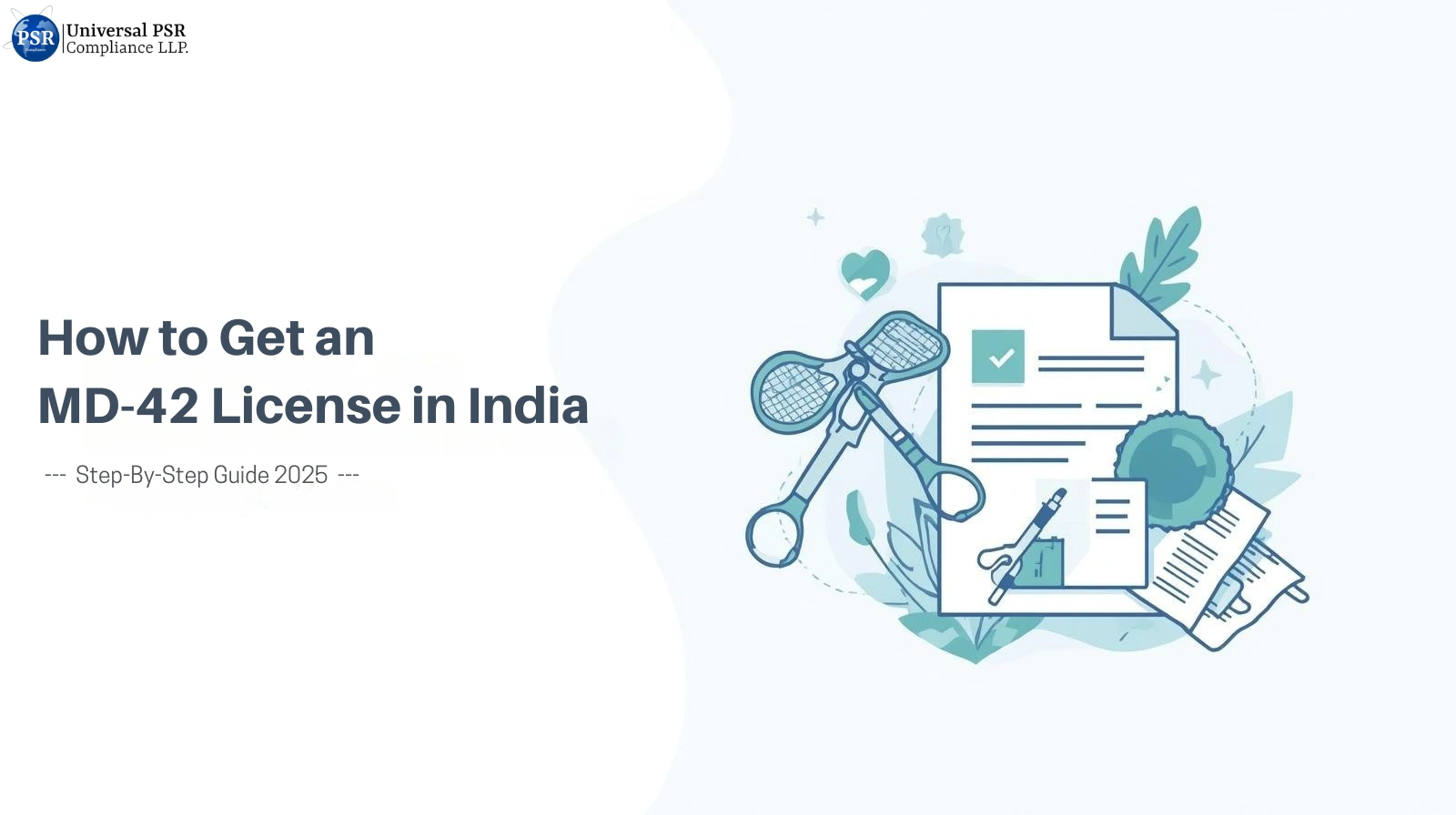
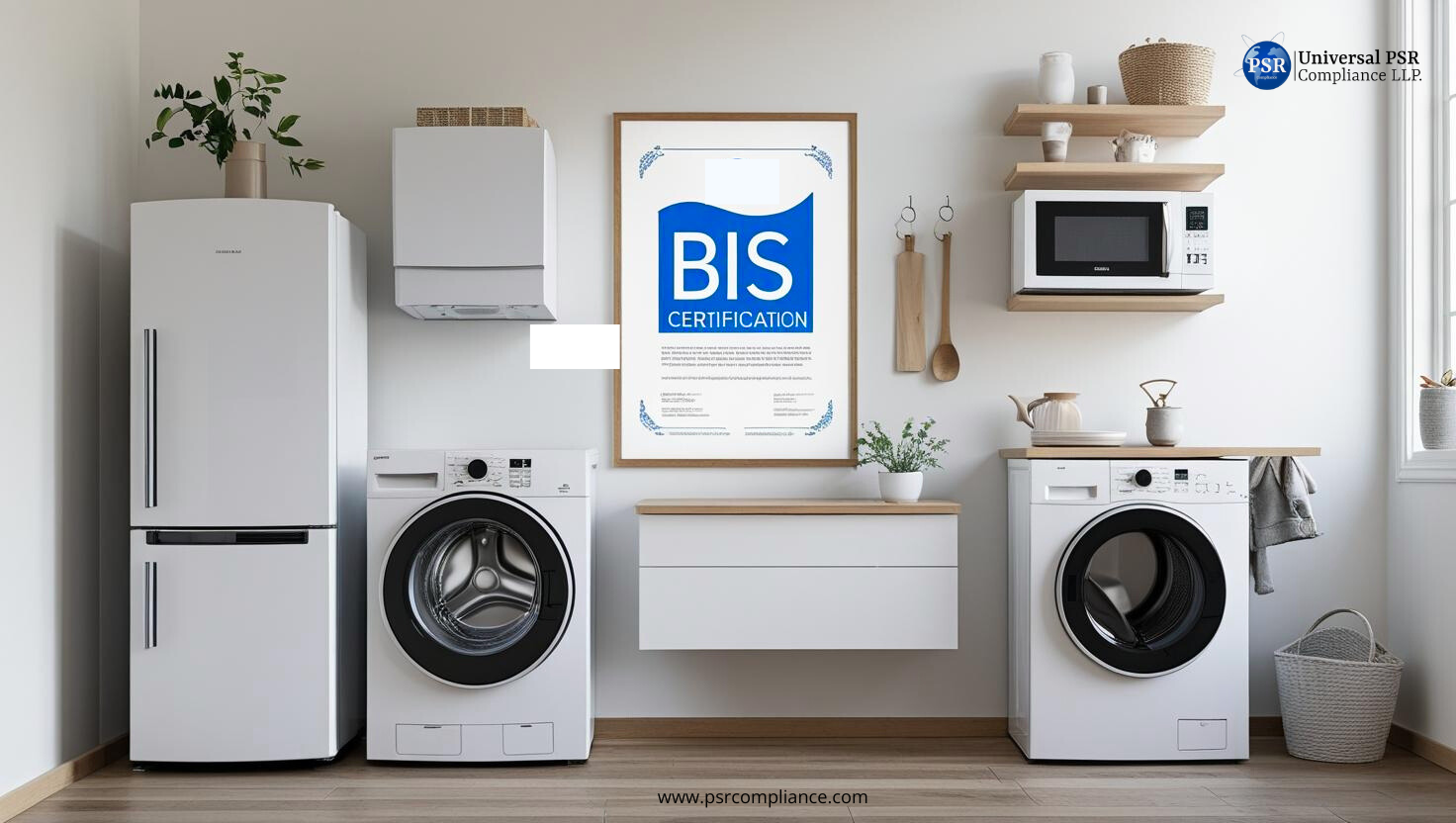
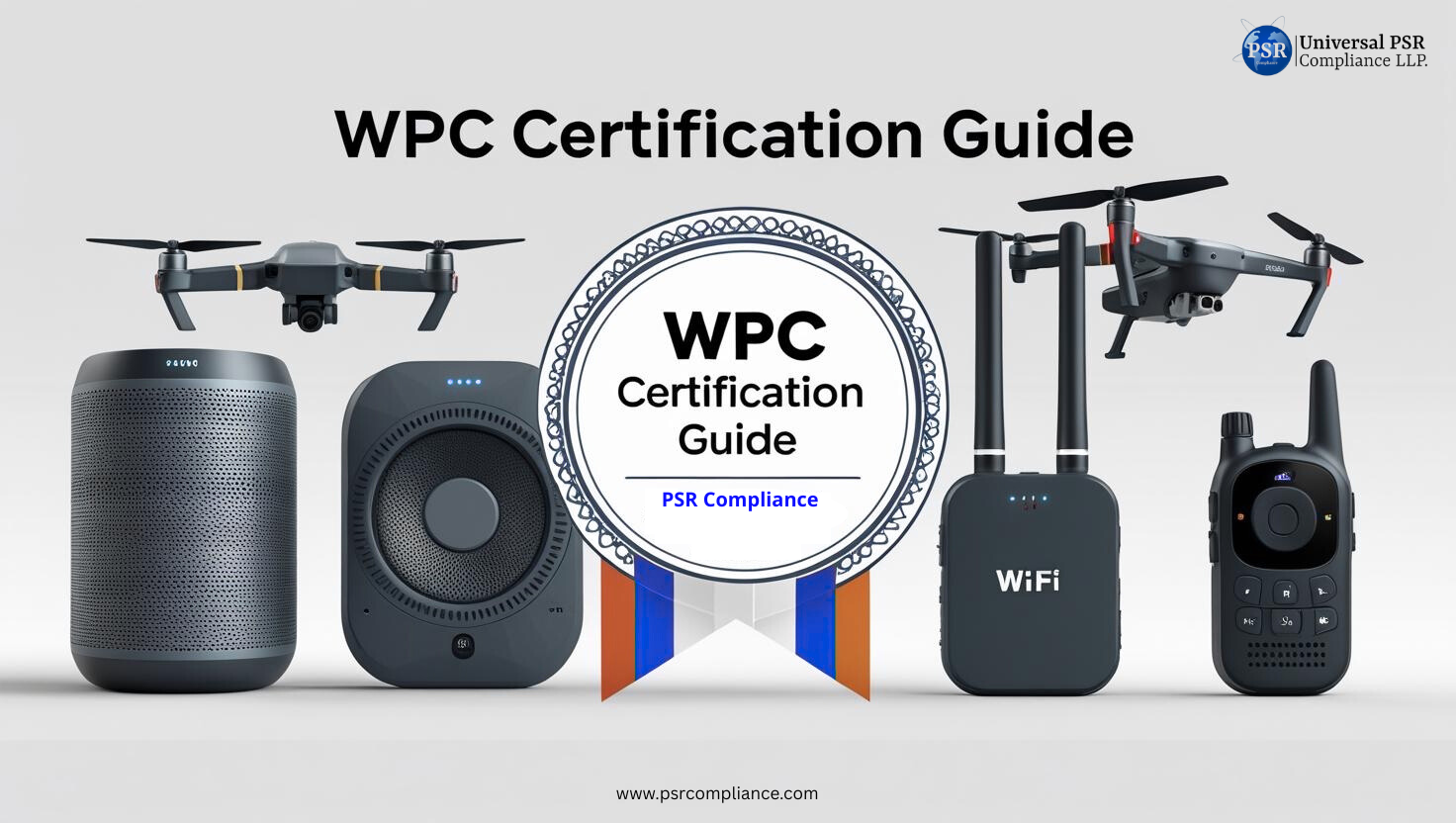

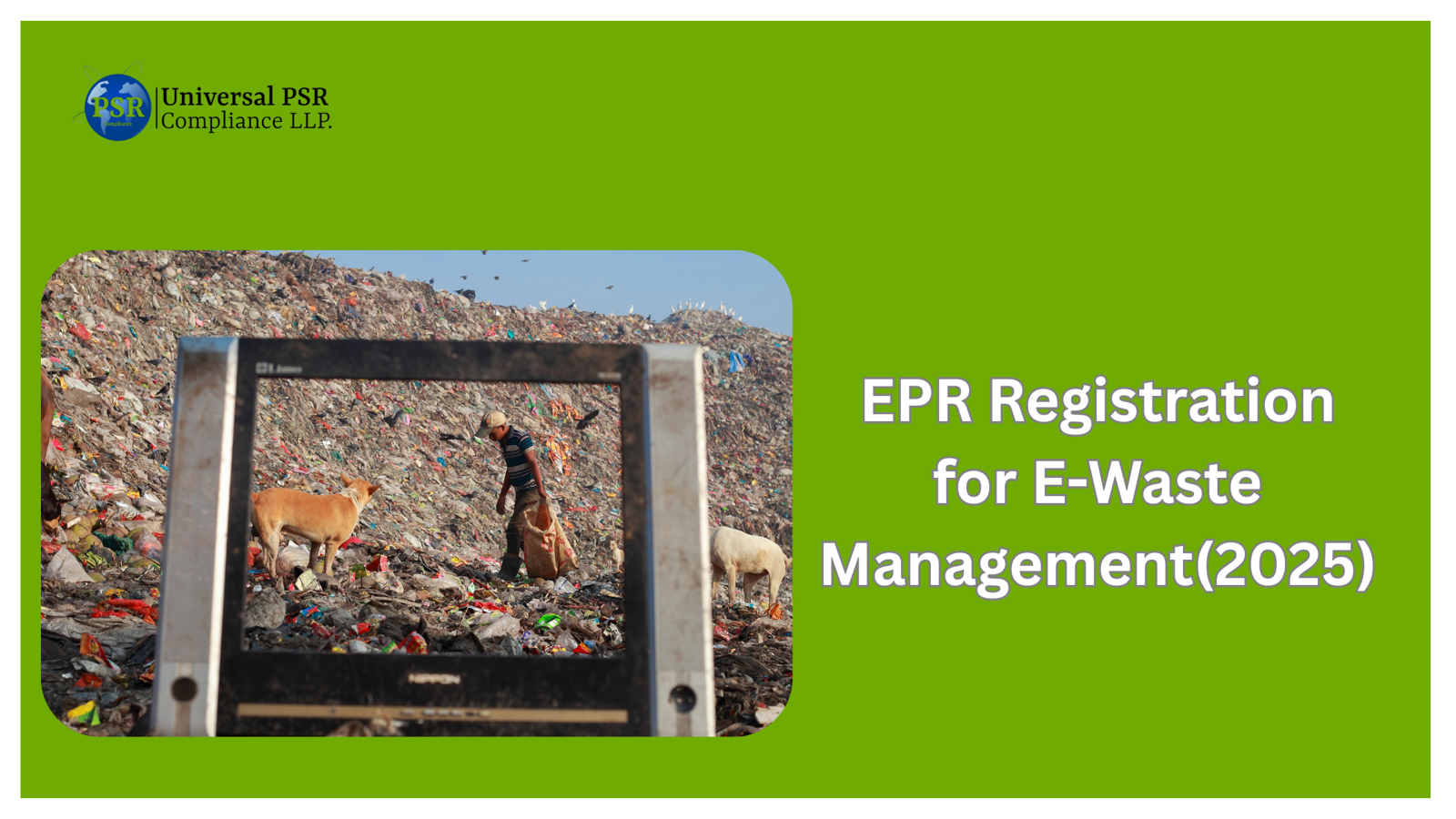
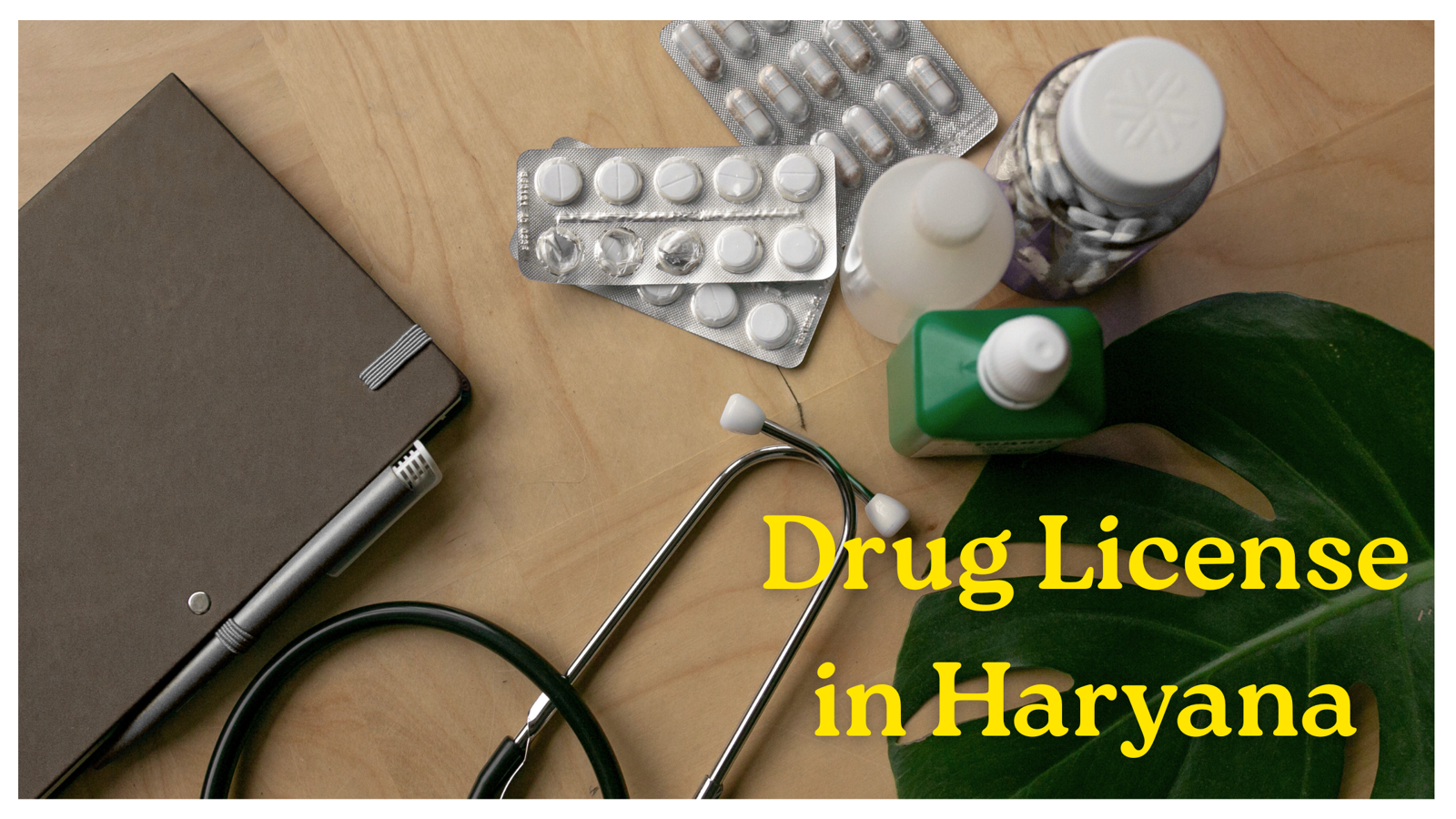
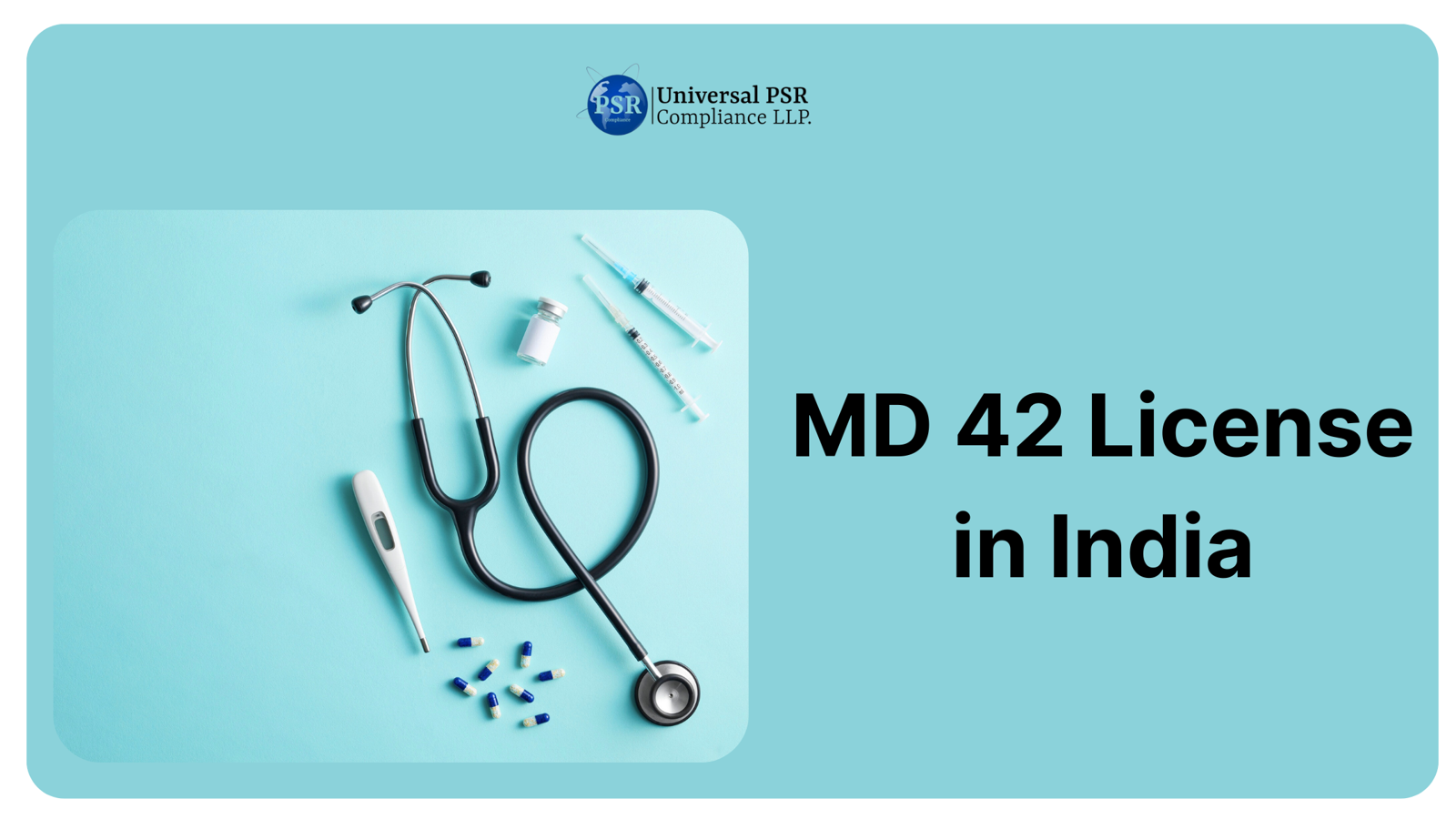



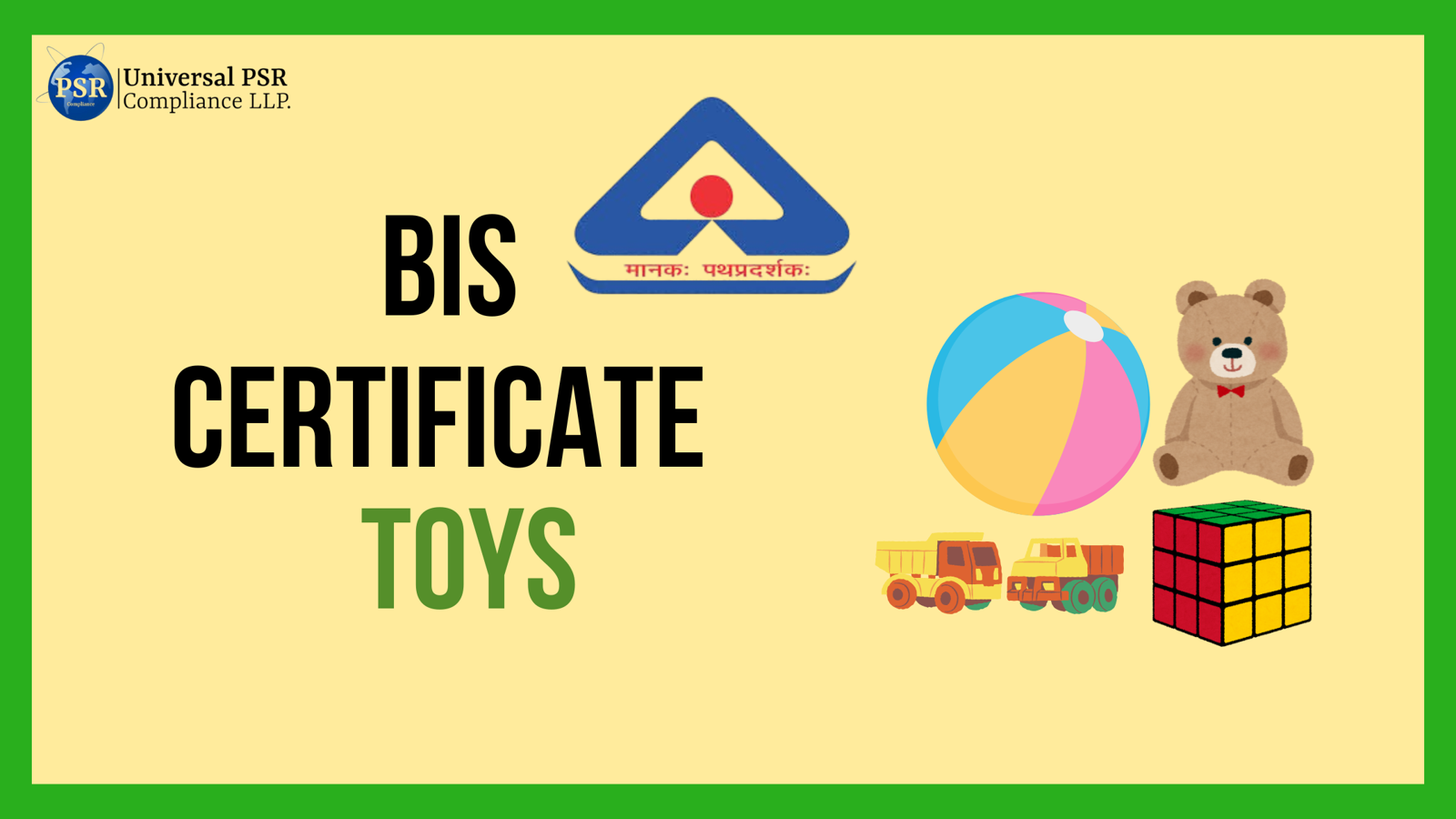


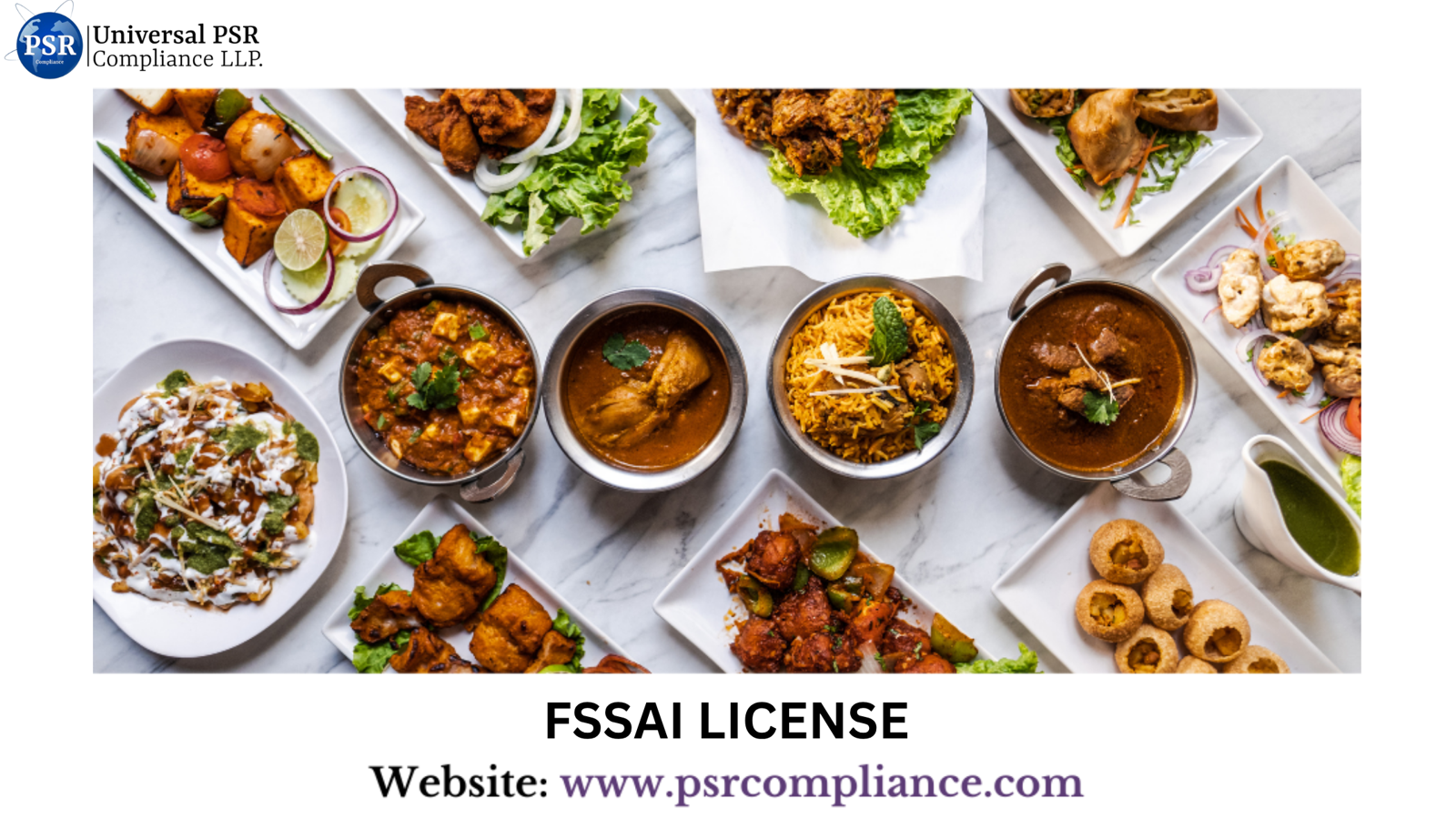


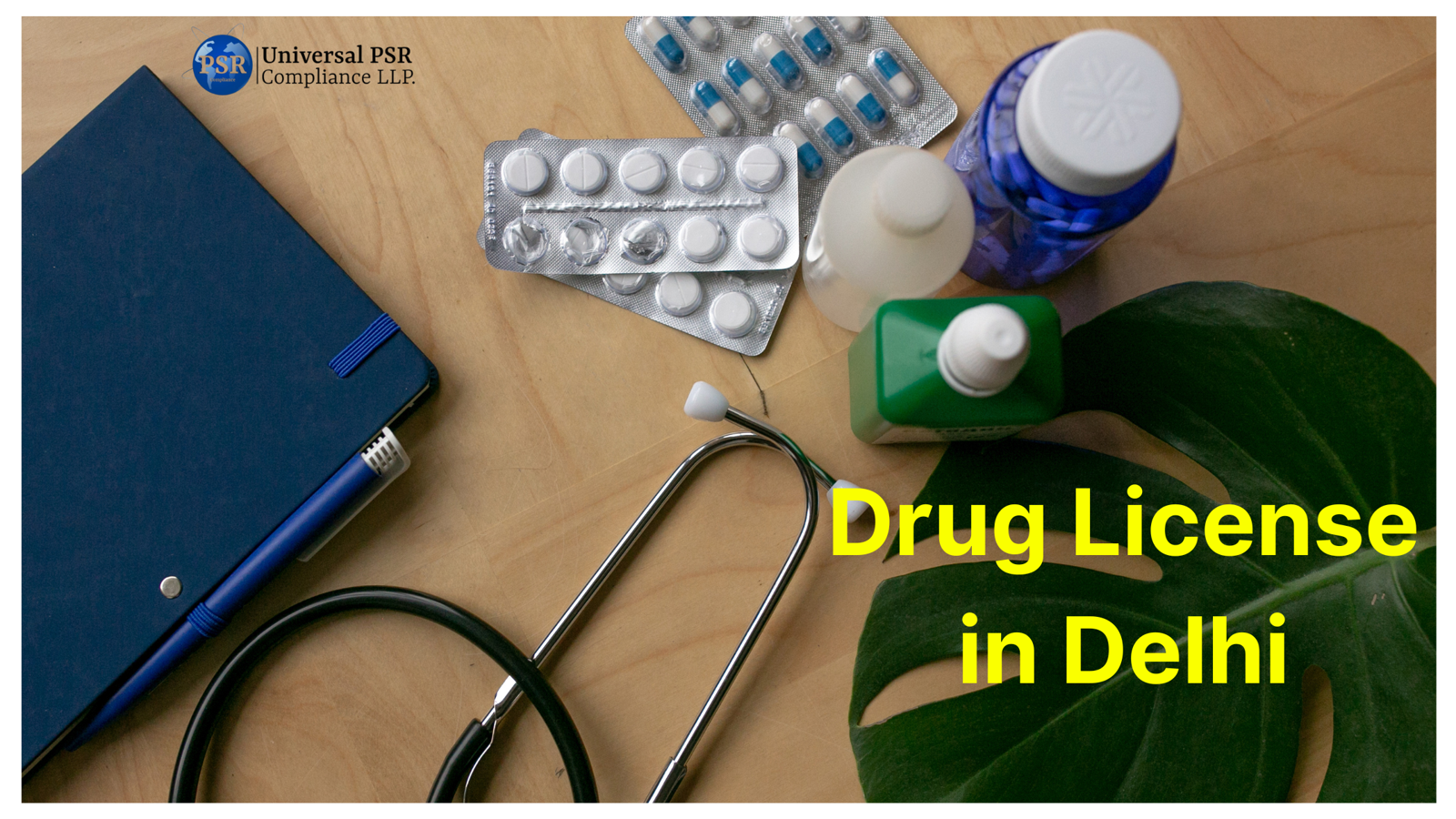
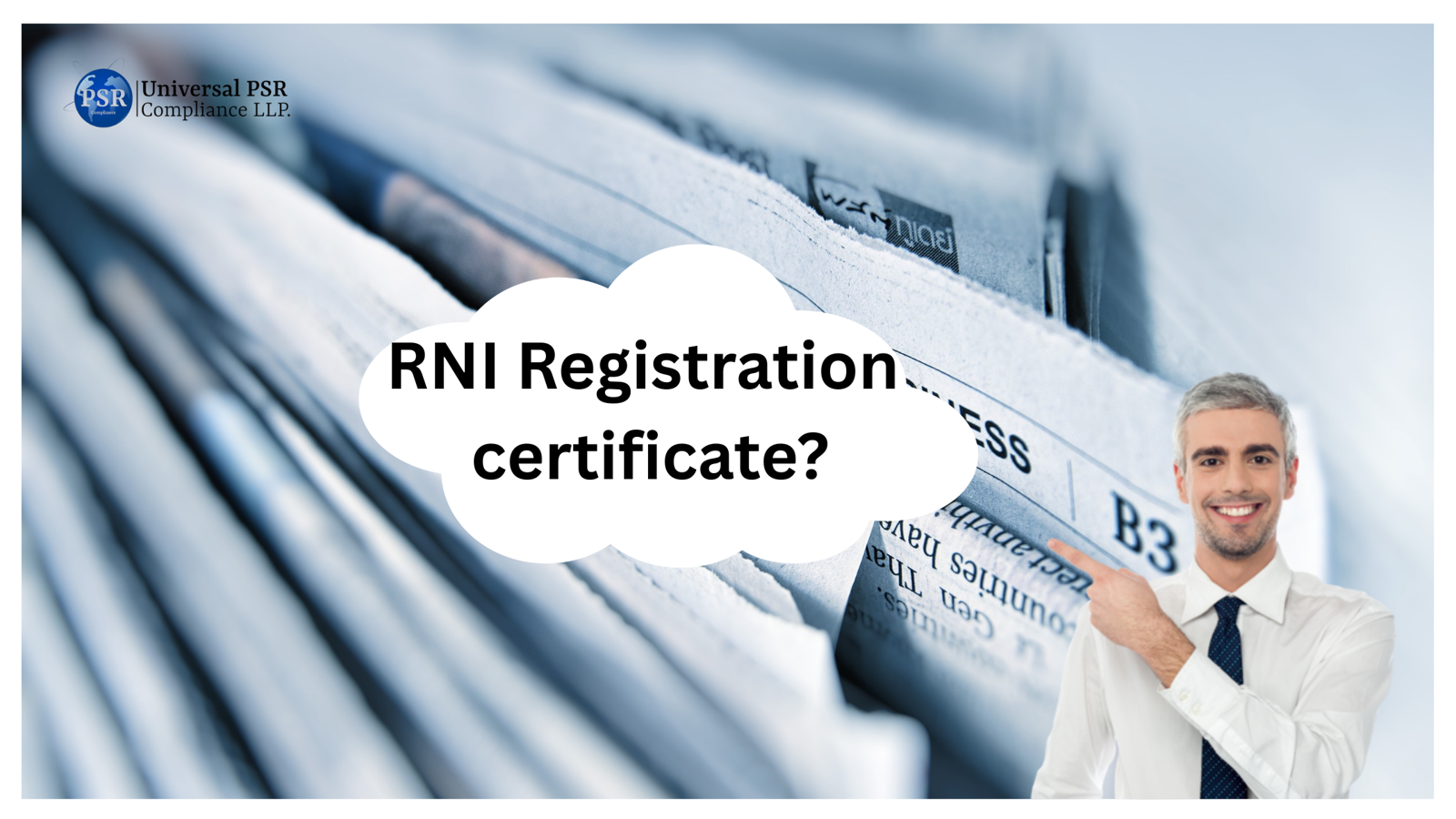

Write a comment ...